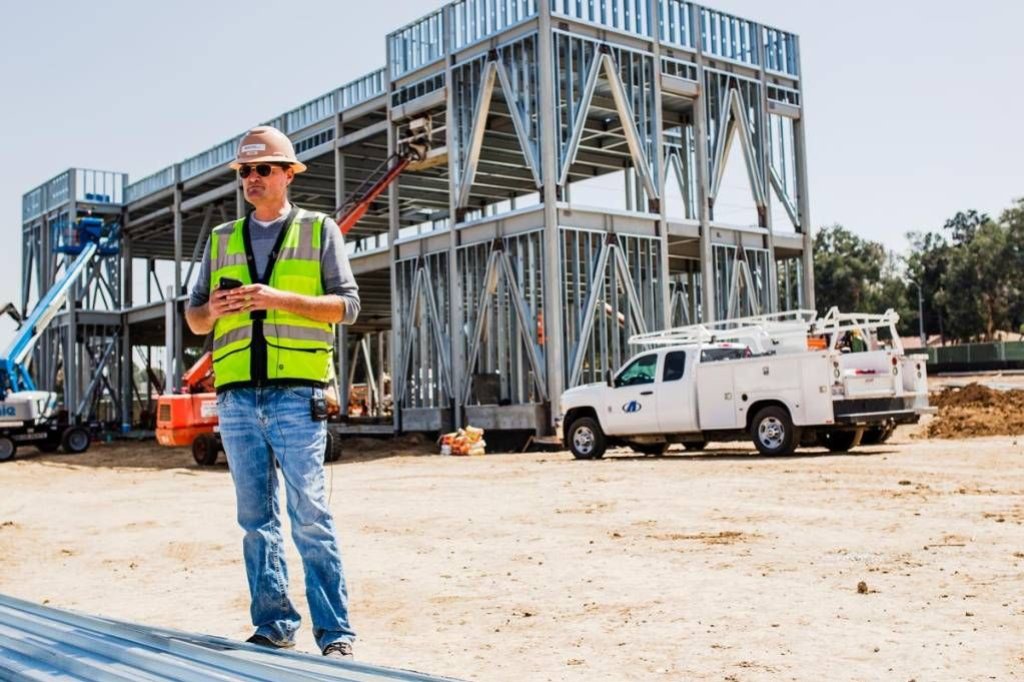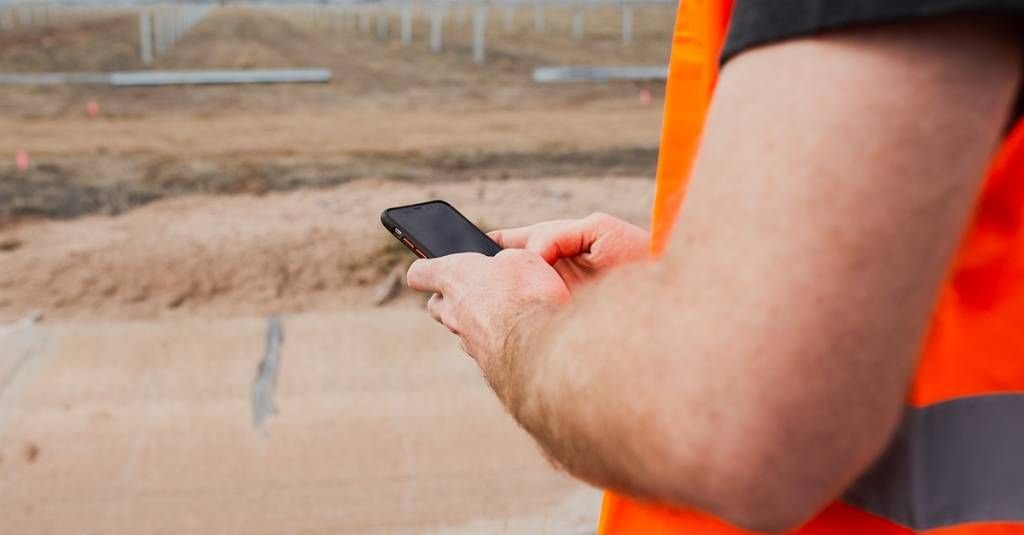Collecting construction time cards from a jobsite can be a tedious and frustrating process. Everyone has their own way of setting up time sheets, entering data into those sheets, and communicating that data with a payroll administrator. Typically, the process looks something like this:
Print out time card template or excel spreadsheet.
Enter time tracking data per worker or crew by hand.
Take picture of time sheet, scan time sheet, or manually enter time sheet data into another excel spreadsheet.
Manually send time sheet to payroll administrator to handle payment processing.
Payroll administrator deciphers and enters time sheet data.
Payroll is processed.
Sound painfully familiar? We will revisit this workflow later in the blog.
While being the traditional way of doing things, it's certainly not the easiest or most efficient way given the resources that we literally have at our fingertips these days. Let's explore an alternative route, shall we?
How to Make Construction Time Card Collection Easy
When boiled down to the basics, construction field management is all about making field workflows efficient for the people with boots on the ground so that they can focus less on administrative processes and more on the project itself. Construction field management is all about a bottom-up flow. What is best for the people in the field is best for the project, and what is best for the project is best for the company as a whole. Not the other way around. As for payroll processing, having a simple, consistent, and accurate way of tracking time is what some construction professionals refer to as 'the holy grail'.

It's important to make these workflows as easy as possible, which is why technology has been a big trend in construction for the past decade. Technology is making things like construction time cards a walk in the park when it comes to organization, accuracy, and ease of use. But it all needs to start in the field.
Think Field First
When improving the flow of information from the field, it's important to focus on the people who are actually in the field, the people who are actually using the software firsthand.

It seems obvious, but sometimes construction management software can get too complex. There are too many bells and whistles, the software encompasses too many processes, or it's just too hard to adapt to, leading to discouragement and rejection on the ground level.
Software processes that are not focused on field first, bottom-up flow are going to be much more difficult to implement. Superintendents, foremen, project managers... these people will be resistant to using it because it may initially slow them down, frustrate them, and ultimately be a waste of time and money.
Construction time cards should be simple and the process should involve a quick and easy allocation of hours worked for either an individual or a whole crew. These hours should also include overtime, double time, or just normal time and should flow directly in accordance with a daily report.
The Upward Flow of Construction Time Cards
After a simple foundation (if you will) for the time card creation process has been set in place, the focus shifts to the office. It gets really tough for administrators to receive and process payroll when time cards are illegible, are missing information, have incorrect data... the list goes on, there are many things that can go wrong with construction time sheet collection.
Because of the constant room for error, it only makes sense to implement software that will simplify things and make the process easier. For accuracy and completeness, construction time cards need certain components such as:
Worker or crew name.
Individual worker name and classification.
Amount of hours worked including real time, double time, and over time.
Cost code for easy cost allocation.
Description of work if necessary.
Photo, video, or PDF attachments if necessary.
Payroll note if necessary.
Creating time cards with all of this information is rare and difficult using traditional methods, but makes a world of a difference for payroll administrators. The problem comes from how difficult it is to create such a well-rounded construction time card in the field. This is where good construction field management point solutions step in and really change the whole game.
Raken Construction Time Cards
It all starts with the people in the field. Hours are worked, so hours need to be logged. But the time cards need to be complete, legible, and accurate which is where Raken comes in. With Raken's construction time tracking software, the user (usually a foreman or superintendent) can easily input hours worked for an entire crew and all of the workers associated with that crew, or each worker can enter their own time as well.
As you complete time cards, worker name and classification information is saved for easy allocation next time, making the process fast.
As seen below, hours are simply entered and you can easily split hours into RT, DT or OT. You can even track hours down to the start/end time for each worker. Don't worry about doing the math, Raken will automatically calculate and add together all hours for a grand total. Pay will be based off the cost codes you enter into the app. With Raken, you can easily create and assign construction cost codes to hours directly in the app for a more streamlined payroll process.

Cost codes are easily entered or created and are saved so you can quickly select them next time:

Add a description, add an attachment, and add a payroll note as well if the situation calls for it:

Custom time cards are created quickly, but if the data remains the same from day to day, simply roll over the data from the previous day and boom, your time card duty is done. This whole process flows seamlessly and makes entering and processing construction time card data a piece of cake.
But What About the Office?
In Raken's payroll tab, users in a payroll administrator role have the ability to view live time card data. They are able to see current payroll in real-time as well as past payroll data and easily make changes to any of it.

With Raken, the users in the field can set up automatic time card reports that feed directly to the payroll administrator. These Excel-ready reports can be sent weekly, monthly, or however often the user would like to send them.
Having standardized, consistent reports with clean data is a dream come true for payroll administrators and with Raken's construction timesheet app, it's done seamlessly. There's not much to it, just schedule automatic time card reports as often as necessary and don't worry about chasing down crews to compensate for messy and disorganized time card data.
Let's Revisit the Initial Workflow
Going back to our original workflow for this process, traditionally, it looks like this:
Print out time card template or excel spreadsheet.
Enter time tracking data per worker or crew by hand.
Take picture of time sheet, scan time sheet, or manually enter time sheet data into another excel spreadsheet.
Manually send time sheet to payroll administrator to handle payment processing.
Payroll administrator deciphers and enters time sheet data.
Payroll is processed.
With Raken, it looks like this:
Enter time tracking data in Raken per crew or worker.
Access Raken Time Card reports automatically or view them from the payroll tab within Raken.
Payroll is processed.
It's as simple as that. Want to try it out for yourself, for free? Schedule a demo to see how Raken can simplify your process.
